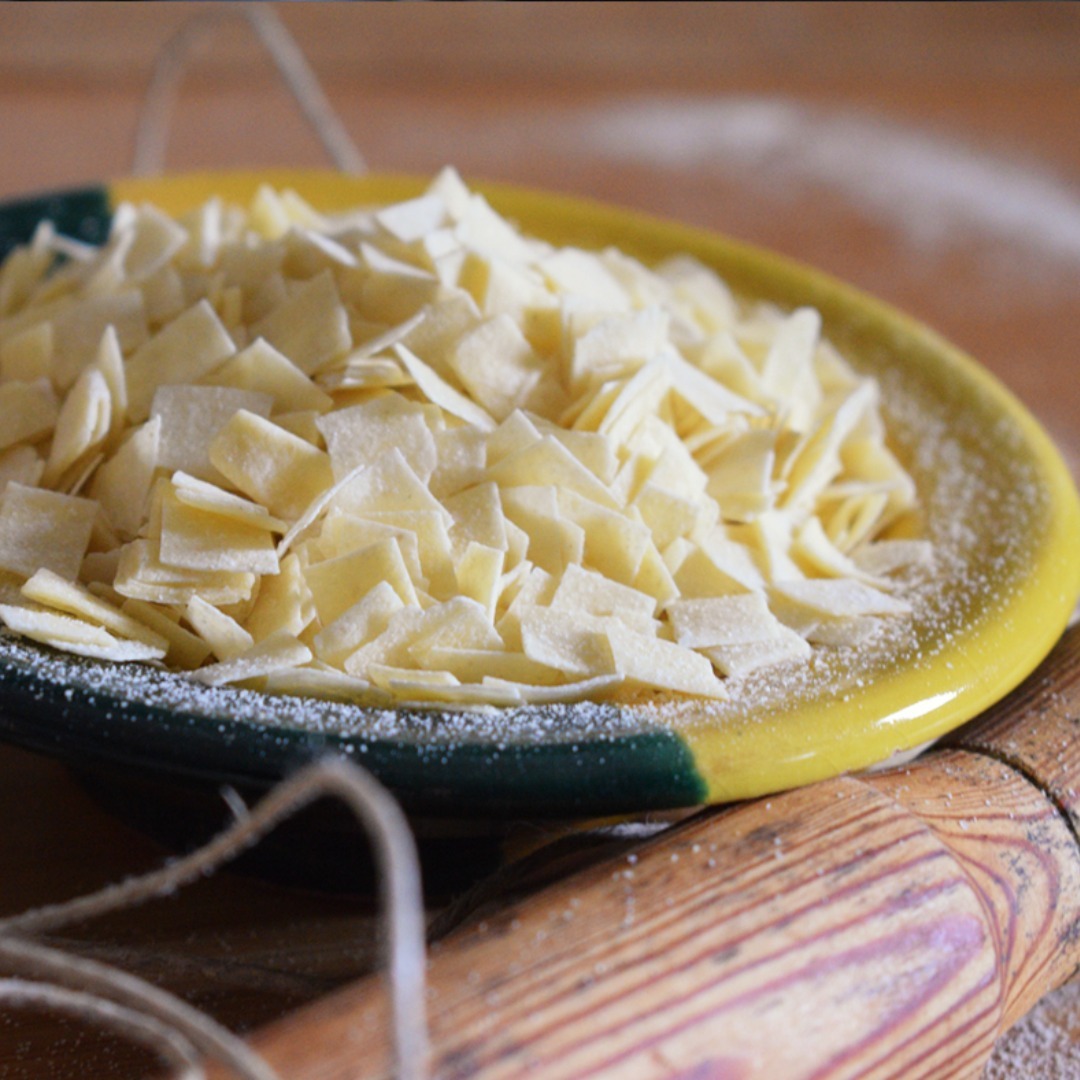How Mythology Connects to Modern Symbols of Power
Throughout human history, symbols of power have played a crucial role in establishing authority, inspiring loyalty, and shaping societal structures. These symbols—whether physical objects, architectural marvels, or visual icons—are often rooted in the rich tapestry of mythology that has been passed down through generations. Understanding this connection not only enriches our cultural literacy but also reveals how ancient stories continue to influence contemporary perceptions of leadership and dominance.
Table of Contents
- Foundations of Mythology and Power: Origins and Cultural Significance
- Mythological Archetypes as Symbols of Power
- Evolution of Power Symbols from Myth to Modernity
- The Role of Architecture and Material Culture in Power Symbols
- A Modern Illustration of Mythic Power: The Gates of Olympus 1000
- Non-Obvious Dimensions of Mythology and Power
- Critical Perspectives: Deconstructing Mythic Power
- Conclusion: The Continual Relevance of Mythology in Defining Power
Foundations of Mythology and Power: Origins and Cultural Significance
Mythology has served as the bedrock of societal authority across civilizations. In ancient cultures, oral storytelling was the primary means of transmitting these narratives, embedding values, laws, and perceptions of divine or supreme authority within communal memory. For example, the Greek myth of Zeus, the king of gods, reinforced notions of divine sovereignty, while Egyptian myths surrounding Osiris underscored the divine right to rulership rooted in religious legitimacy.
Common motifs in mythologies—such as divine crowns, sacred animals, or celestial symbols—embody the concept of ultimate authority. These motifs were often integrated into religious structures like Greek temples, which physically manifested divine presence and power. The Parthenon, for instance, was not merely a temple but a symbol of Athens’ political and spiritual supremacy, inspired by divine mythology.
Mythological Archetypes as Symbols of Power
Mythology offers a rich array of archetypes that symbolize authority and influence. Gods and divine figures often embody the highest form of power. In Norse mythology, Odin is not only a god but a symbol of wisdom and kingship, reinforcing the association between divine favor and legitimate authority.
Heroic figures, such as Hercules or King Arthur, represent leadership and strength through their feats and moral virtues. These stories serve as models for societal ideals of power, resilience, and justice.
Mythical creatures—like dragons, sphinxes, or leviathans—often symbolize chaos, danger, or the forces that must be subdued by authority. The sphinx, for example, embodies both mystery and challenge, reinforcing the ruler’s role as guardian of order against chaos.
Evolution of Power Symbols from Myth to Modernity
As societies evolved, mythological symbols transitioned into political and cultural emblems. The crown, once a divine relic signifying the “divine right of kings,” has been reinterpreted in modern monarchies, retaining its association with authority but often divorced from direct religious connotations.
Contemporary branding also borrows mythic imagery to evoke power, prestige, or mystique. For instance, iconic logos often incorporate symbols like lions, eagles, or mythic creatures—further demonstrating the enduring influence of ancient mythic themes.
A noteworthy example is the rtp gates of olympus 1009, which exemplifies how modern gaming symbols draw on mythic imagery to create immersive worlds of power and heroism.
The Role of Architecture and Material Culture in Power Symbols
Ancient temples, constructed from marble or limestone, served as tangible manifestations of divine authority. Their grandeur and permanence reinforced societal hierarchies, making the divine accessible through physical space. The Parthenon, with its imposing Doric columns, exemplifies this idea, symbolizing Athens’ political and spiritual dominance.
Architecture continues to reinforce societal power today. Modern monumental structures—such as government buildings, memorials, and skyscrapers—often evoke mythic grandeur. Their scale and design aim to inspire awe, mirroring ancient temples’ function as gateways to divine or ultimate authority.
A Modern Illustration of Mythic Power: The Gates of Olympus 1000
The rtp gates of olympus 1009 exemplifies how contemporary products and entertainment draw upon ancient mythic themes. This gaming platform features symbolic «Gates» that serve as thresholds to divine or ultimate power, echoing the Greek myth of the gates of Olympus where gods reside and confer authority.
In gaming, such symbols resonate deeply, representing the transition from ordinary to extraordinary, from mortal to divine—an enduring motif rooted in mythic storytelling.
Non-Obvious Dimensions of Mythology and Power
Beyond the physical and narrative aspects, mythology also functions psychologically. Myths internalize authority and identity, shaping how individuals perceive their own power and role within society. Carl Jung emphasized this by describing myth as a reflection of our collective unconscious, illustrating how archetypes influence personal and cultural identities.
Culturally, mythic symbols adapt over centuries, maintaining relevance through reinterpretation. Logos of major corporations, titles of leadership, and even popular culture references subtly carry mythic undertones—perpetuating ancient ideas of authority in modern contexts.
Critical Perspectives: Deconstructing Mythic Power
While mythic symbols can legitimize authority, they also have the potential to reinforce or challenge existing power structures. Myths may serve to mystify authority, making it seem divine or unassailable, or they can be reinterpreted to democratize power, as seen in revolutionary iconography.
Ethically, the use of mythic symbols today prompts reflection. Appropriating myth for commercial or political gain raises questions about authenticity and manipulation. Recognizing these influences helps foster critical literacy regarding symbols of power.
Conclusion: The Continual Relevance of Mythology in Defining Power
Mythological concepts underpin many of the symbols of power we observe today, from crowns and monuments to logos and virtual thresholds. These symbols serve as modern echoes of ancient stories, continually shaping our understanding of authority and influence.
As our societies evolve, the dialogue between myth and power persists, reminding us of the deep roots of authority in human culture. Understanding these connections enhances our cultural literacy, enabling us to critically engage with the symbols that define our world.








